Years active 1969–present Active from 1969 | Website ondekoza.com Genre World | |
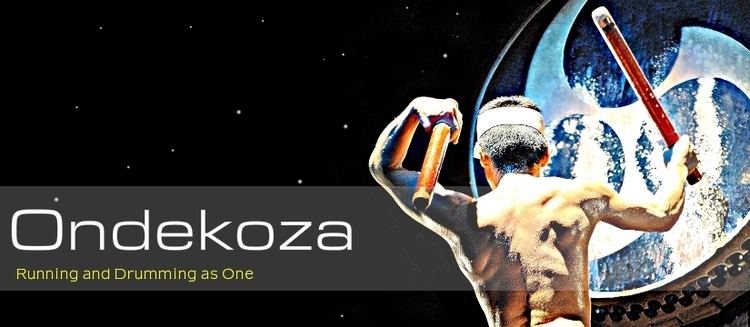 | ||
Genres Japanese Taiko drums, percussion ensemble Albums The Ondekoza, Fujiyama, Devils on Drums, Legend, NEW, Typhoon, Kagura, Roulade Record labels JVC, Victor Talking Machine Company Similar Kodō, Tao, Wadaiko Yamato, Daihachi Oguchi, AUN J ‑ Classic Orchestra | ||
Ondekoza odaiko
Ondekoza (鬼太鼓座) ("demon drum group"), sometimes referred to as "Za Ondekoza", is a Japanese troupe specializing in taiko drumming.
Contents
- Ondekoza odaiko
- Ondekoza taiko drummers of mt fuji
- History
- Music Rhythms
- Ondekoza members
- Songs
- References

Founded in 1969 by Den Tagayasu, in Sado Island, Japan. Ondekoza was influential in the rise of the kumi-daiko (group taiko) style of taiko. Not a taiko player himself, Tagayasu helped transform taiko from a festival-based music form to a virtuosic performance art performed on stage. Ondekoza's performances in North America in 1975 was the first exposure for many and helped spread interest in taiko through North America. The now widely recognized style of wearing only a 'shimekomi' ('fundoshi loincloth) was originally started by Ondekoza when Pierre Cardin suggested that the physique of the drummer be exposed. The traditional Japanese drummers do not play only in underwear.
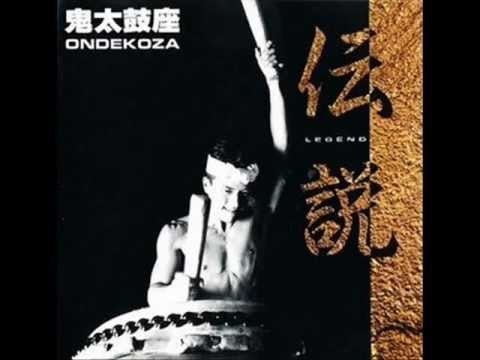
Part of a larger movement to rediscover Japanese folk art, Tagayasu brought together a group of young men and women to Sado Island to study and live. Largely without formal musical training, the original members lived communally in an old school house while studying taiko, shamisen, koto, minyo (folk music), and traditional dance. The lifestyle was austere and rigorous with most days beginning with a run before breakfast and filled with study and practice.

One of the keys to the groups success was the arrangement of traditional melodies and styles into stylized, artistic musical pieces. Examples of these are their songs yatai-bayashi, based on the Chichibu festival and hachijo and miyake based on the drum patterns from Hachijo Island and Miyake Island. Also groundbreaking was the Odaiko (Large Drum) solo, a musical piece focused largely on one performer with only minimal background drumming and percussion. Den Tagayasu and Ondekoza's arrangements of these pieces, and their associated playing styles, have been popularized by their widespread use by other taiko groups throughout Japan and the United States.
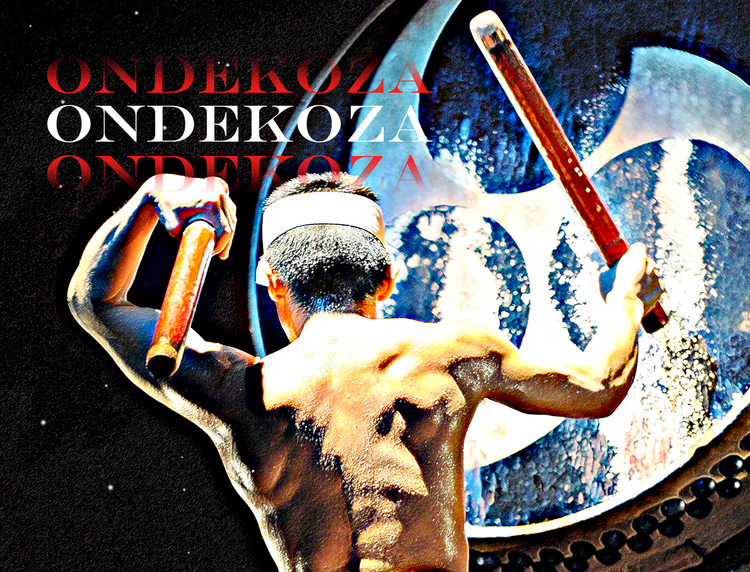
Ondekoza taiko drummers of mt fuji
History
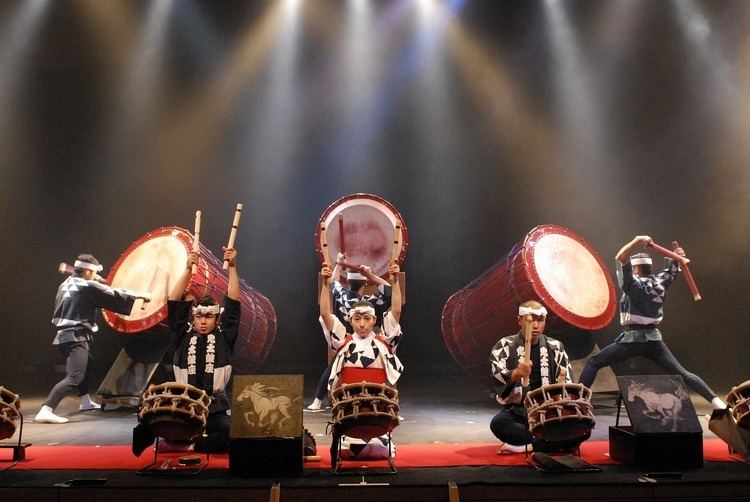
In 1975, Ondekoza made their American debut. In one noteworthy performance, the members performed a full set after completing the Boston Marathon. The group toured America, Europe and Japan to critical acclaim.
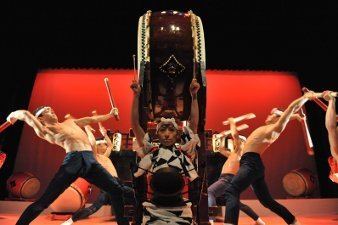
In 1981, largely in response to the difference of opinion between Tagayasu and Ondekoza members, Tagayasu and members broke off. Tagayasu left Sado island and kept the name Ondekoza and most of the drums. All of Ondekoza members (except Tagayasu) formed the group Kodo in Sado island.
Tagayasu gathered new members and formed Ondekoza again in Shizuoka prefecture, Japan. In 1986 the new members of Ondekoza performed at the 1986 World's Fair in Vancouver, British Columbia, Canada.
The group spent 3 years (1990–1993) running and performing around the United States, beginning and ending their journey with performances at Carnegie Hall in New York. At the end of the journey the members had run approximately 9,200 miles (roughly 14,900 kilometers).
Similarly, in 1998, the group began a marathon tour of China, performing in various cities throughout the country while running a distance of 12,500 km.
2005 marked the completion of their "Taiwan Marathon Tour", in which they ran the outer border of Taiwan, again while performing at various venues along the way.
Through 2006-2008, the group toured and performed mainly throughout Japan, Asia and Europe.
The group continues to tour internationally, including performances in Africa and the Middle East in 2010.
Ondekoza's founder, Den Tagayasu died in an automobile accident in April, 2001. Since then, the group has been headed by shakuhachi (bamboo end-blown flute) artist, Seizan Matsuda.
Music & Rhythms
"Music & Rhythms" is the title of a musical outreach project launched by Ondekoza in 2005. The project is aimed at children and their communities, and involves workshops in which participants build musical instruments out of bamboo and other items occurring in nature.
The project is typically carried out in a number of steps, from instrument building, to musical experimentation, and eventually to a collaborative performance involving Ondekoza and other musicians of varying world genres. The project aims to promote the development of expressive ability amongst children through the use of construction, creativity, music and dance.
Music & Rhythms was originally launched in Korea in 2005, and has since involved children and communities in various locations around the globe including Africa, the Middle East, Europe and Japan.
Ondekoza members
Members of Ondekoza reside together in a living facility in the city of Fuji, in Shizuoka, Japan. Based on Den Tagayasu's principle of "running and drumming as one", running is a central part of the lifestyle of Ondekoza members. As a means of physical and mental training, members run twice a day, once in the early morning and again in the afternoon. Since the founding years of the group, Ondekoza members have competed in various marathons in Japan and the United States.
Songs
Yatai BayashiKagura · 1990
Ondeko BayashiKagura · 1990
OdaikoLegend · 1994
